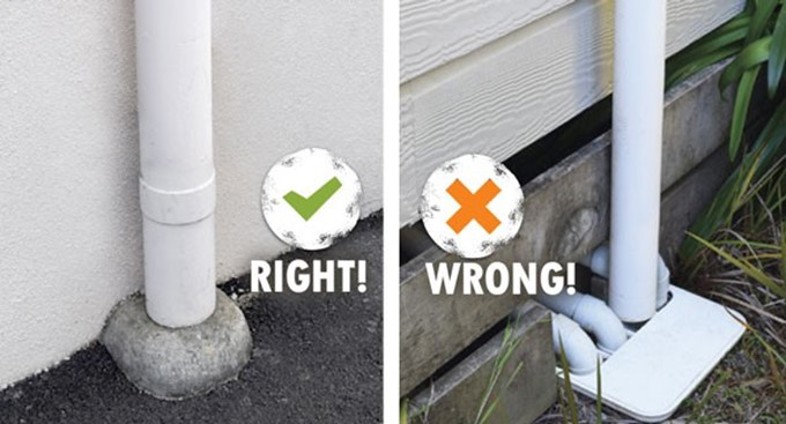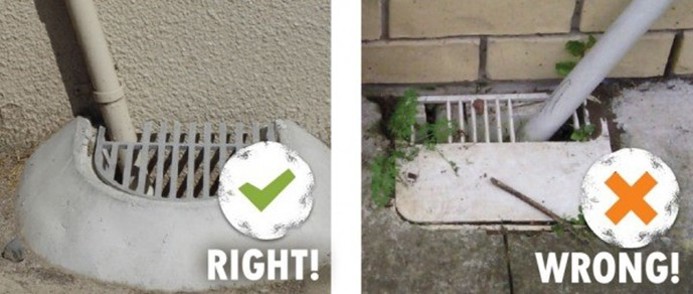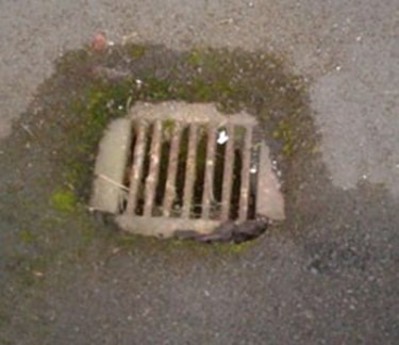- Services
- Airports
- Alcohol Licensing
- Animal Control
- Building Services
- CCTV - Public Use
- Cemeteries
- Environment and Sustainability
- Environmental Health
- Permits
- Rates & Property
- Resource Consents
- Rubbish & Recycling
- Services A - Z
- Summer Services
- Transport and Parking
- Water Services
Inflow and infiltration
Let’s keep wastewater in its place!
We live in one of the most beautiful corners of the world and our environment is particularly close to our hearts. We’re very lucky to be able to enjoy some stunning local lakes and rivers so naturally we want to protect these as much as we can.
Like many places, we sometimes experience wastewater overflows during heavy rain which can result in it entering our waterways. This can have a detrimental effect on ecosystems and isn’t very pleasant for anyone.
Quick links
What is it?
Inflow and infiltration (I&I) refers to rainwater and groundwater entering the wastewater system through a variety of defects on public and private property:
-
Inflow sources allow rainwater to enter the wastewater system directly from the surface through incorrect plumbing, cross connections and damaged or low-lying gully traps or manholes.
-
Infiltration sources allow groundwater to seep into the wastewater system through cracks or bad joints in wastewater pipes and manholes.
A certain amount of I&I is unavoidable. We plan for it when designing wastewater systems. But too much, especially during severe weather events, can overwhelm the system leading to overflows with associated risks to health and the environment.
The increased frequency of extreme weather events due to the effects of climate change and continued population growth in our district is increasing the risk of overflows. This means we need to start taking wider action and QLDC has prioritised further work on this issue.
Our cuzzies at Nelson City Council created an awesome video on I&I which, in the spirit of reduce, reuse, recycle, we’d like to share here. Even though there are some differences between there and here, the essential information is the same. Check it out below:
What are we doing about it?
We’ve been working to address I&I for some time. Council has been inspecting its own properties for any issues and fixing them as needed. We’re also continuing to carry out an extensive programme of renewals and repairs to the piped network through our Three Waters investment programme.
In partnership with our contractors Veolia, we’re now conducting inspections on private properties to identify potential issues. This will give us a fuller picture of the extent of the problem and help us refine our work to reduce it.
These inspections will initially be in Queenstown before we work across the whole district. During our visit we’ll explain what we’re looking for and discuss any potential issues we find with you.
How you can help
As a property owner, you play an important role in addressing this issue and helping to reduce the risk of overflows. If you find any issues that you can easily resolve please take action now and be part of the solution.
Please go outside your property and check three things:
-
downpipes;
-
gully traps; and
-
sumps.
Read on for more info about these.
-
Look at your roof, where do your downpipes go? They should connect to the stormwater system not the sewer/wastewater system. If your downpipes connect to a gully trap then you’ll need to redirect it into the stormwater system.

-
These are part of the wastewater drainage system from kitchens, bathrooms (apart from toilets!) and washing machines before the discharge enters the sewer system.
They are located externally to ensure that if the drainage system becomes blocked the wastewater will overflow outside instead of inside the building. Gully traps include a water seal to block odours from the sewer.
What should my gully trap look like?

The top or surround of the gully trap should be above ground level and partially covered to stop stormwater/rainwater and other things like landscaping bark entering the wastewater network.
Gully traps must be installed correctly to stop stormwater entering the wastewater network.
What does the Building Code say about gully traps?
The Building Code has precise requirements for their installation and location. The surrounds of the gully trap have to be 25mm above a paved surface or 100mm above an unpaved surface. As well as locating and building them correctly, make sure any decks and other structures built over the top allow access for cleaning.
-
A sump is a stormwater feature that collects rainwater from external surfaces such as driveways and patios. The sump must connect to the stormwater system, not the sewer/wastewater system.
The only way to test for a cross connection without calling a plumber or drain layer is to check for a foul odour that is stronger than a normal organic/vegetation smell.

Contact us
Thanks for using this information to check your own property. We’re happy to answer any further questions you may have – simply email:
assetdamage@qldc.govt.nz
Tag your email with ‘inflow and infiltration’ in the subject line.





